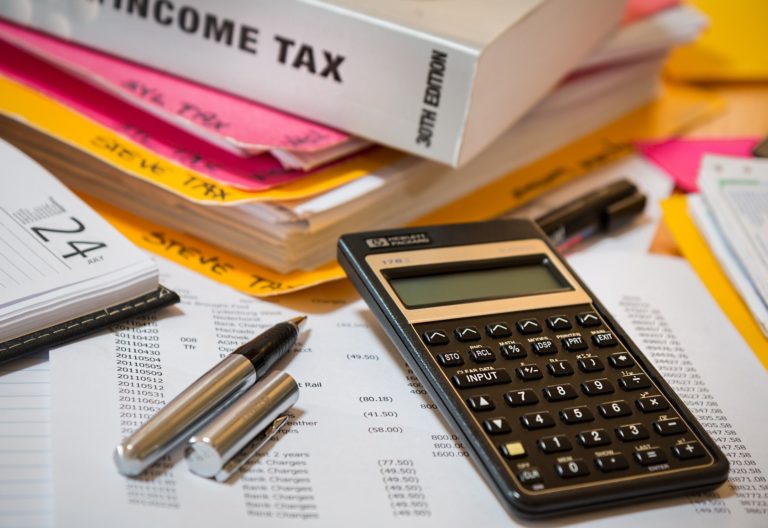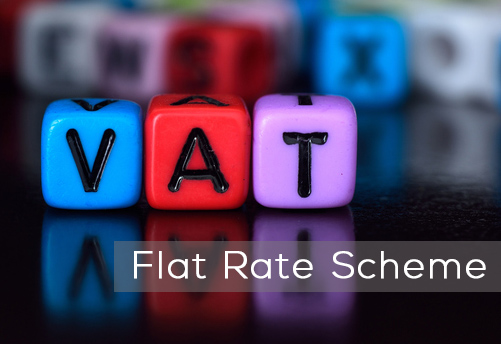Well, the new Value Added Tax (VAT) was brought into force last year but we still receive invoices from vendors of clients who used the old VAT rate. The old system is at a rate of 17.5% which is made up of 12.5% for VAT revenue for Ghana Revenue Authority (GRA), and 5% paid into (National Health Insurance Levy) NHIL & (Ghana Education Fund) GETFUND. This 17.5% is applied wholly on the tax exclusive amount to arrive at the VAT to be charged. Moreover, all these taxes paid are recoverable, meaning you can defray part of the taxes with your input VAT received from your vendors.
However, in the new VAT system in ghana, there is a separate levy of 2.5% for GETFUND, another 2.5% for NHIL. These two levies are supposed to be initially calculated on the VAT exclusive amount to arrive at the first set of taxes to add to the VAT-exclusive amount. After adding these two levies to arrive at a new sub-total, calculate the VAT of 12.5% on that sub-total to arrive at your total VAT to be charged to your customer. What this means is that, currently, the 12.5% VAT is a compound tax; it requires that all preceding levies/taxes to be added to the selling price before applying the tax percentage. Moreover in the new system, GETFUND and NHIL are not recoverable, meaning they cannot be reduced with input VAT.
Example – Old VAT system
Selling price of printer = GHS1,000
VAT @ 17.5% = GHS175
Total price to be paid by customer =GHS1,175 (1000+175)
Meaning that on the last day of the month following the month of sale, you need to file and pay GHS175 (minus any VAT you got from the suppliers/vendors of your products) to GRA. Now let us guide you about new VAT system in ghana.
Example – New VAT structure
Selling price of printer = GHS1,000
GETFUND @2.5% =GHS25
[email protected]% =GHS25
Sub-total =GHS1050 (1000+25+25)
VAT @ 12.5% = GHS131.25
Grand total = GHS1,181.25 (1050+131.25)
With this new system in Ghana, you will have to file the GETFUND and NHIL together on one returns form and the VAT on a separate returns form. Also, the GETFUND & NHIL are not recoverable, so you cannot reduce them by your input VAT. However, you have the option of treating them as expenses in your income statements to reduce your chargeable income. Moreover, you will realize the new VAT system in ghana, being a compound tax, allows for the addition of the GETFUND & NHIL amounts before the 12.5% is applied.
Now, finally some clients have asked us how they can get to their final sales (VAT inclusive) using a single percentage without going through all these calculations. The answer is to use an effective rate of 18.125%. By using 18.125%, you can arrive at an amount which includes the two levies (GETFUND & NHIL) as well as the VAT. That’s how you can invoice with the new VAT system in Ghana.
For a template to use in invoicing your clients, we have created one for you. Click here to download.
compound taxGETFundNHILrecoverable taxTaxes in GhanaVAT




Good stuff here!
On using the effective rate, I guess that's solely for decision making and guessing the estimated cost of a transaction cause GRA explicitly requires you to show the various components on your VAT receipts (in the order of GETFund, NHIL Levy and the VAT.
I would be glad if in your subsequent article, you would take a look at Withholding Tax on VAT.
Great read and informative, anyway.
Definitely Confidence! It's solely for quick decision making on the final price on a product/service. We will surely put up a post on Withholding VAT one of these days.
very useful piece, thanks so much
I'm so glad I stumbled upon this piece especially with regard to the effective rate. I've been struggling with how to factor in the Get Fund & NHIL alongside the VAT in my firm's accounting software ever since the reform. Now I've gotten the solution. Looking forward to more informative articles especially those in relation to taxes in Ghana.
Thank you.
Very Educative. Please how is the new communication service tax (cst) treated or better still how can one invoice with the new cst, vat, nhil and getfund in ghana. Thanks
Great post. You just made my life easier.
Thanks.
So how could anyone tell me VAT has been reduced when the effective tax rate has actually shot up to 18.125%?
This defies a Canon of a good tax system. This is a hidden increment.
Simply put, the final consumer is worse off by the new reform.
Mind you, the business will pass this on to the consumer.
[…] amount in Step 1 or the VAT exclusive amount is the total amount that becomes the revenue of the seller (thus, the […]
[…] VAT is a tax charged on goods and services. However, not every good or service is subject to VAT. This is because of how crucial such goods or services are to our survival. For example, medical supplies and educational services are not subject to VAT. VAT must be collected each month on behalf of the state and paid to GRA by the end of the next month. It is vital to note that the new VAT is such that there is a separate document for filing VAT only and one for both NHIL/GETFUND. […]